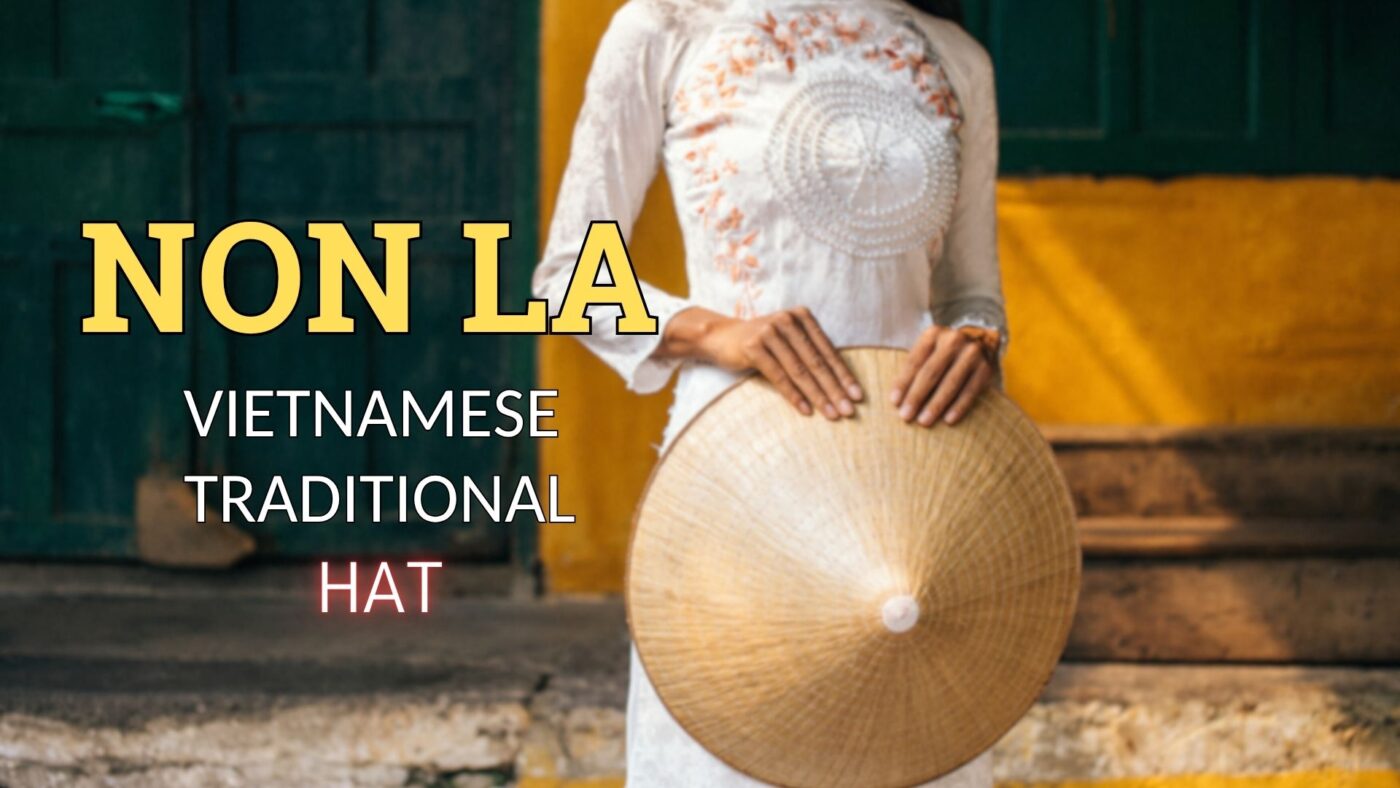Blog
Vietnamese Non La Hat: One of Best Icons of Vietnamese Culture
The Vietnamese Non La hat, or the conical hat, is more than just a piece of headwear. It is a cultural icon, a symbol of Vietnamese identity, and a representation of simplicity and grace. From the rice fields of rural Vietnam to the international fashion stage, the Non La holds a special place in the hearts of the Vietnamese people.
In this article, we’ll explore the origins, craftsmanship, cultural significance, and the lasting impact of the Non La, as well as its perfect pairing with the traditional Ao Dai dress. By the end, you’ll see why this humble hat has become a timeless treasure of Vietnam.
Table of Contents
The Origins and History of the Non La
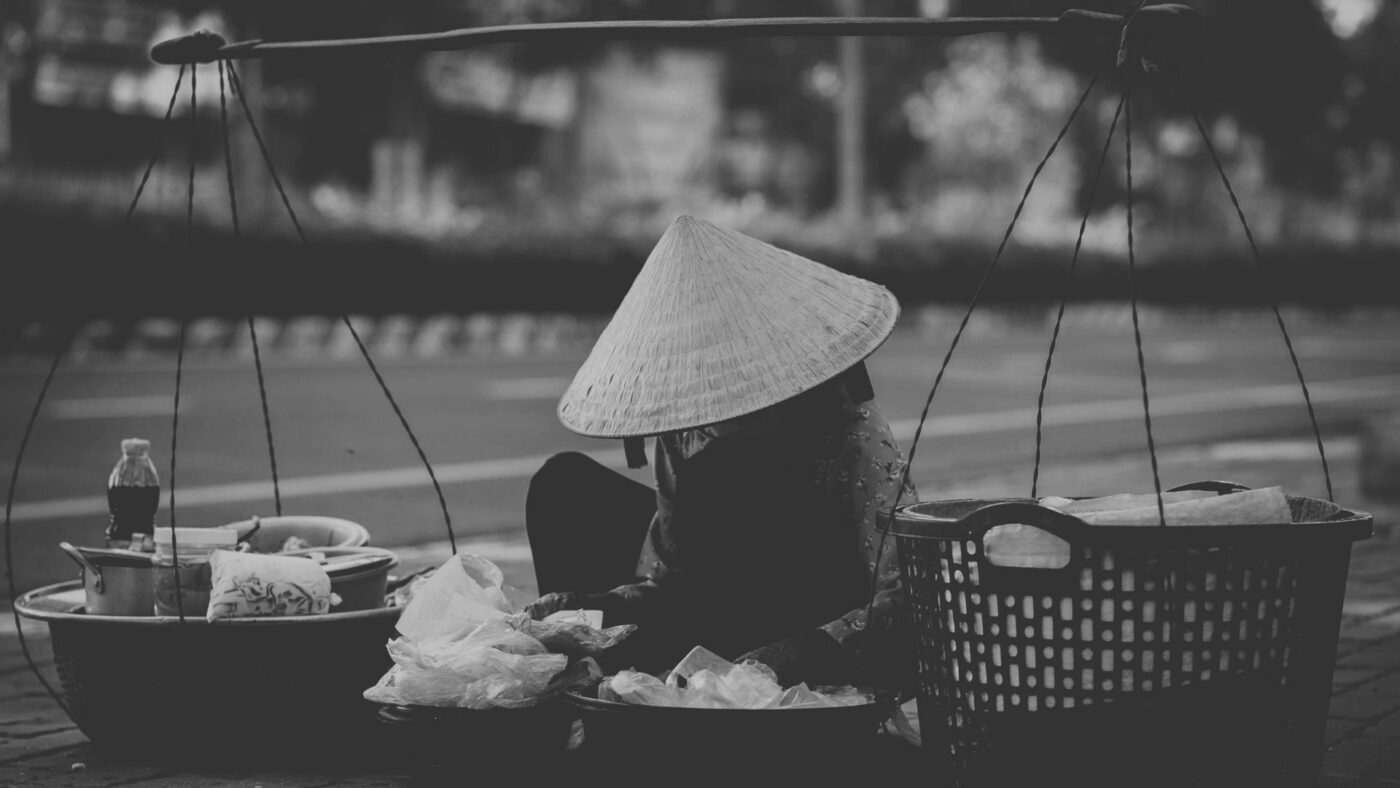
The history of the Vietnamese Non La hat dates back thousands of years. Its origins can be traced to ancient Vietnam, as seen in the carvings on Dong Son drums—bronze artifacts from the era of the Đông Sơn culture (about 1000 BCE to 100 CE). These carvings depict figures wearing conical hats, suggesting that the Non La has been part of Vietnamese life for millennia.
Throughout history, the Non La has remained a vital part of Vietnamese culture. Initially created as a functional item to shield wearers from the harsh sun and rain, it evolved into an emblem of Vietnamese rural life. Farmers, fishermen, and laborers all wore the Non La, making it a universal and practical accessory. Over time, it also became a symbol of elegance, especially for Vietnamese women, and has been immortalized in poetry, literature, and folk songs.
Craftsmanship: The Art of Making a Non La
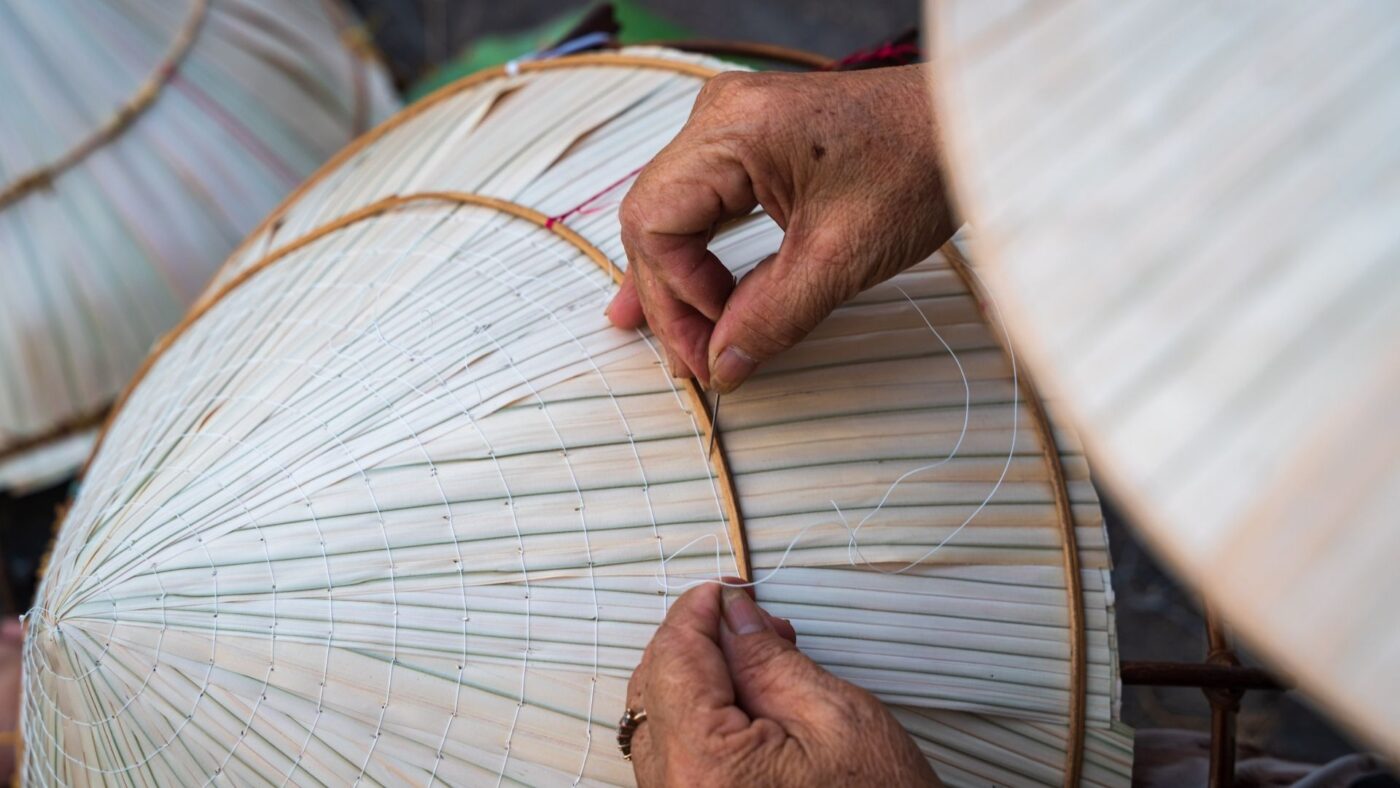
The process of crafting a Vietnamese Non La hat is an intricate and skilled art form passed down through generations. Each hat is made by hand, showcasing the dedication and craftsmanship of Vietnamese artisans. Here’s a step-by-step breakdown of how a Non La is created:
- Material Selection: The primary materials used are palm leaves and bamboo. The leaves are carefully chosen for their durability, flexibility, and aesthetic appeal. The bamboo is used to create the frame of the hat.
- Shaping the Frame: Artisans use thin bamboo strips to form the conical shape. This frame is the foundation of the Non La and must be perfectly symmetrical.
- Drying and Treating the Leaves: The palm leaves are dried under the sun to achieve the right texture and color. They are sometimes treated with oil to enhance durability and water resistance.
- Stitching the Layers: The dried leaves are arranged in layers over the bamboo frame and stitched together meticulously. The stitching is done by hand, ensuring that the hat is both lightweight and sturdy.
- Finishing Touches: Once the hat is assembled, it is trimmed and polished to perfection. Some regions, such as Hue, add unique details like poetic inscriptions or intricate patterns between the layers of leaves.
The result is a beautifully crafted, durable, and functional conical hat that embodies the spirit of Vietnam.
Cultural Significance of the Non La
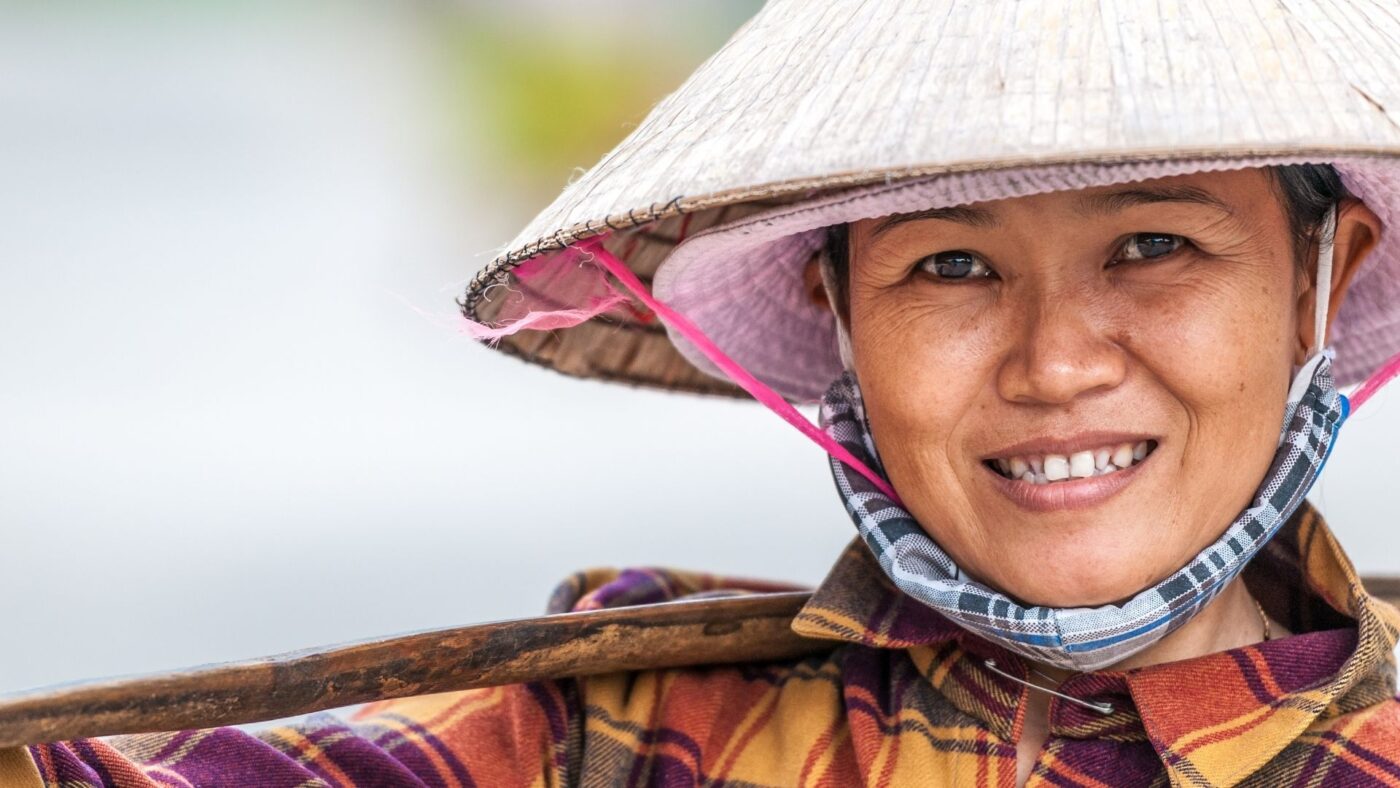
The Vietnamese Non La hat is not just an accessory; it’s a cultural symbol steeped in meaning. It represents the hardworking spirit of Vietnam’s people and their deep connection to nature. Here are some ways the Non La plays a role in Vietnamese life:
- Practicality: For farmers, it provides protection from the sun and rain. Its wide brim also serves as a makeshift basket for carrying small items or even water.
- Symbol of Femininity: The Non La is often associated with the image of graceful Vietnamese women. When paired with the traditional Ao Dai dress, it creates a picture of elegance and modesty.
- Cultural Representation: The Non La is featured in traditional Vietnamese dances and performances, such as the conical hat dance. It also appears in Vietnamese art, literature, and folklore, symbolizing beauty and resilience.
- Tourist Attraction: Today, the Non La is a popular souvenir for visitors to Vietnam. Tourists often buy it as a keepsake of their experience in the country, helping to promote Vietnamese culture globally.
The Perfect Pair: Non La and Ao Dai
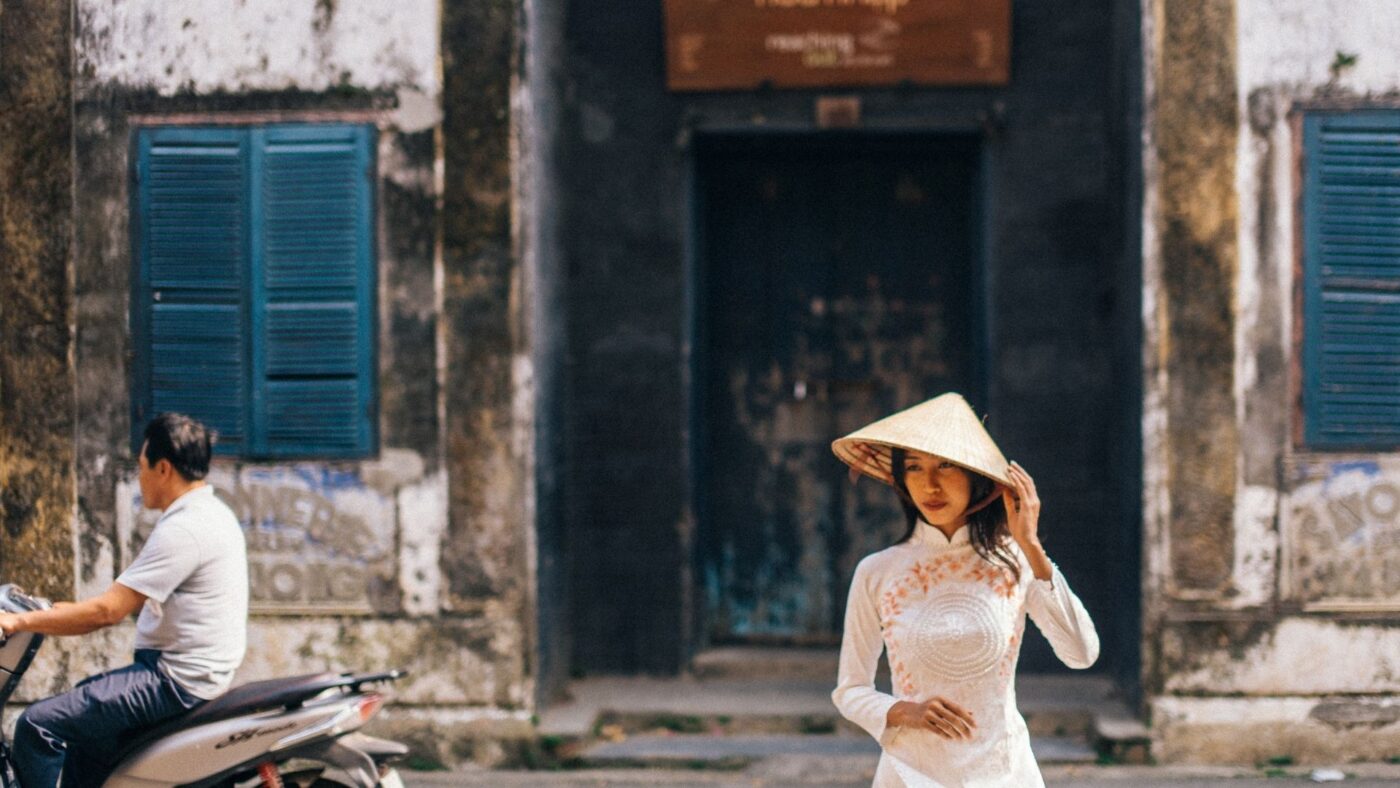
One of the most iconic combinations in Vietnamese culture is the pairing of the Vietnamese Non La hat with the Ao Dai, the traditional Vietnamese dress. Together, they form a harmonious duo that embodies the essence of Vietnam’s cultural heritage.
- The Ao Dai: Known for its flowing, fitted design, the Ao Dai accentuates the elegance and grace of the wearer. It is often regarded as Vietnam’s national dress and is worn on special occasions such as weddings, festivals, and Tet (Vietnamese Lunar New Year).
- The Perfect Harmony: When worn together, the Non La and Ao Dai create a timeless and beautiful look. The simplicity of the Non La complements the sophistication of the Ao Dai, showcasing the balance of practicality and elegance in Vietnamese culture.
- Global Recognition: This combination has been showcased on international stages, from cultural exhibitions to beauty pageants. It has become a symbol of Vietnam’s identity, admired for its uniqueness and charm.
Non La in Modern Fashion and Beyond
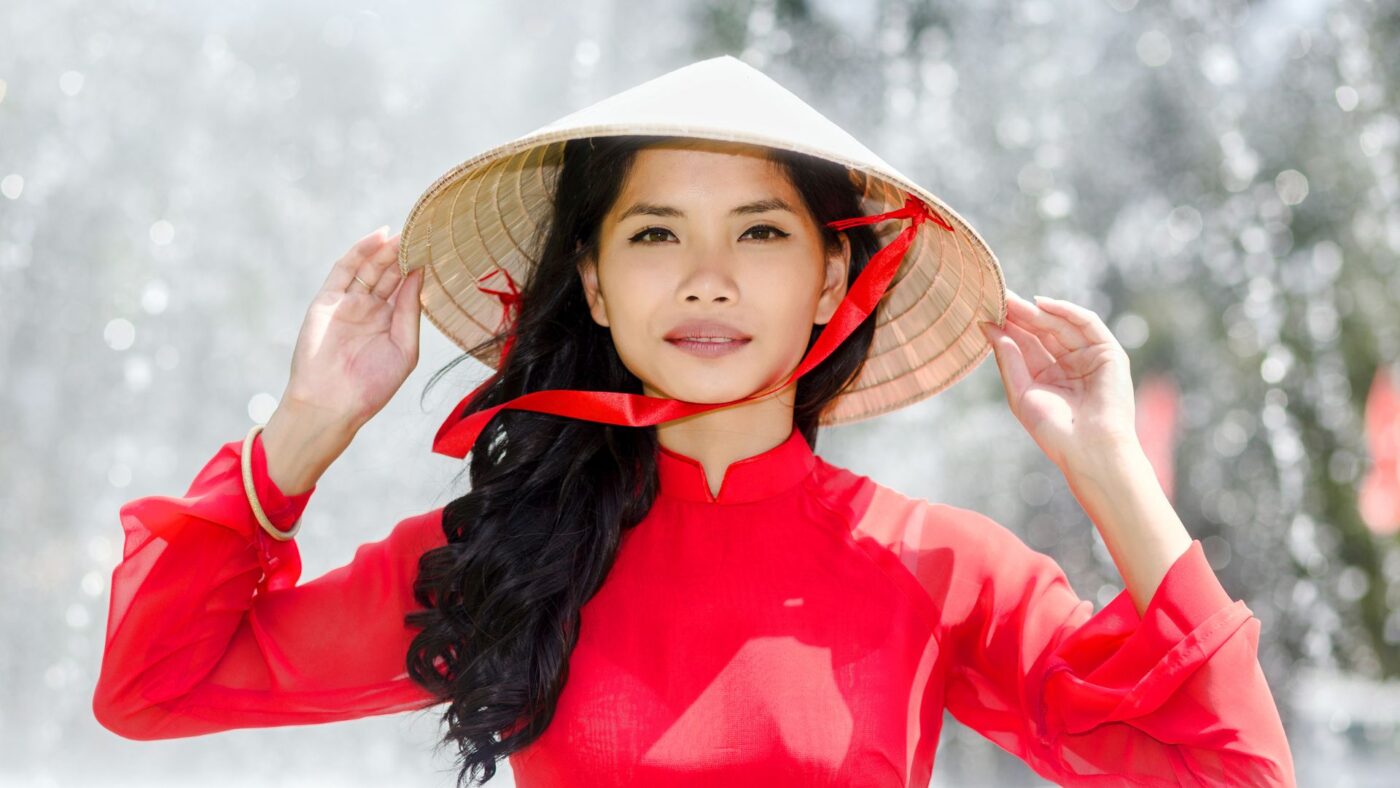
While the Vietnamese Non La hat remains rooted in tradition, it has found a place in modern fashion and tourism as well.
- Contemporary Adaptations: Designers have reimagined the Non La for modern audiences, creating smaller, stylized versions for runway shows and accessories. These adaptations blend traditional craftsmanship with contemporary aesthetics, bringing the Non La to a global audience.
- Tourism and Souvenirs: The Non La is a must-have souvenir for tourists visiting Vietnam. Its affordability, portability, and cultural significance make it a perfect gift.
- Cultural Preservation Efforts: In the face of modernization, efforts are underway to preserve the traditional craft of Non La making. Villages like Chuong Village, known for their Non La production, continue to thrive as hubs of this ancient art form.
Conclusion
The Vietnamese Non La hat is more than just a piece of headwear—it is a symbol of Vietnam’s history, culture, and identity. From its origins in ancient times to its enduring presence in modern life, the Non La connects generations of Vietnamese people to their heritage. Its craftsmanship, cultural significance, and pairing with the Ao Dai make it a timeless icon of elegance and practicality.
As Vietnam continues to evolve, the Non La remains a constant reminder of the country’s rich traditions and artistic spirit. Whether you’re exploring Vietnam’s rural landscapes or attending a cultural event, the Non La is a testament to the beauty and resilience of Vietnamese culture. So, the next time you see a Vietnamese Non La hat, remember the stories, the craftsmanship, and the history it represents—a true treasure of Vietnam.

